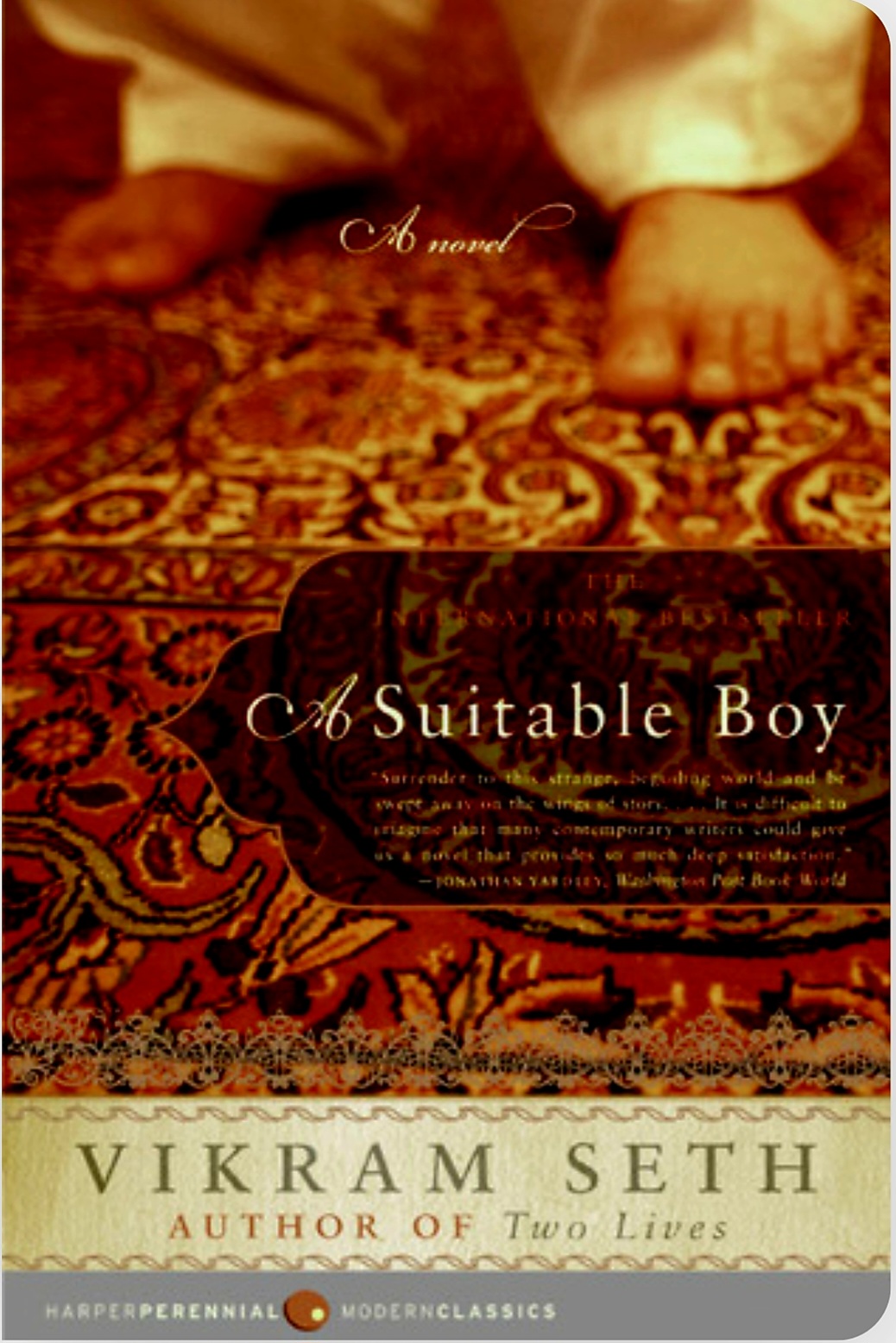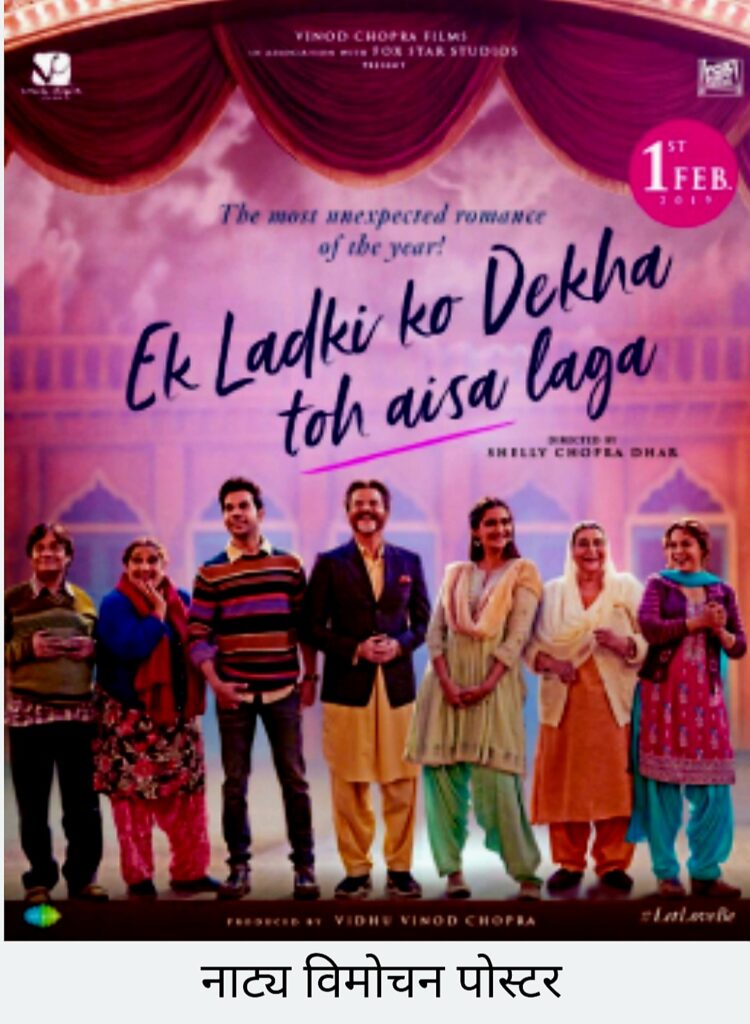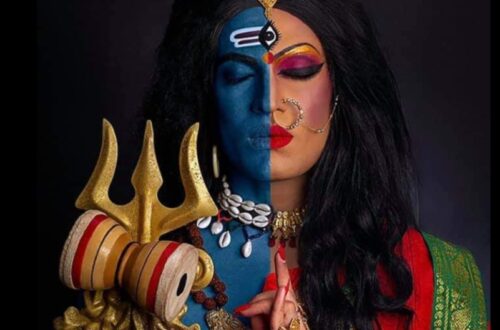
Section 377 – 3rd part (Kathy – North Goa – January 2024)
Version en français plus bas
From my earliest memories, books and films have not merely been pastimes; they’ve been the architects of my education, unveiling diverse themes, and igniting my passion for adventures, journeys, discoveries, and awe.
Bob Morane and Pippi Longstocking weren’t just characters; they were conduits of transport. Pippi, especially, stands tall in Sweden as a feminist icon—unbridled, independent, a touch eccentric, humorous, and fiercely powerful. She challenges the very fabric of power dynamics between adults and children, boys and girls.
Now, let’s shift our gaze to works that promise a kaleidoscope of perspectives on LGBTQIA+ life in India. They beckon contemplation on the triumphs and tribulations of these communities in this vibrant nation. The realms of literature and cinema have delved into diverse facets, and if you haven’t yet danced through the pages of contemporary Indian literature, I urge you to take that plunge.
But let’s return to our theme, and allow me to unfurl a list of books and films that beckon exploration. This list, freshly discovered through my research, holds promises of narratives that I’ve yet to unravel—tales that I’m eagerly anticipating.
Books:
- “The Other Side of Silence: Voices from the Partition of India” by Urvashi Butalia: While the primary canvas is the partition of India, within its folds lie testimonies echoing the heartbeat of LGBTQIA+ experiences.
- “The Devourers” by Indra Das: A mythical tapestry weaving threads of gender and sexual identity into a narrative that promises to be nothing short of an odyssey.
- “The World That Was Ours” by Hilda Annette: A memoir etching the life of the author—a woman, a lesbian—in India during the captivating decades of the 1930s and 1940s. This one has earned its spot at the very zenith of my reading list.
- “Funny Boy” by Shyam Selvadurai: This novel paints the canvas of a young man’s journey through homosexuality in Sri Lanka, offering brushstrokes that resonate with the LGBTQIA+ symphony in South Asia.
And then, there’s Vikram Seth—a maestro wielding words with finesse. His masterpiece “A Suitable Boy” not only graced my bookshelf but wove the delicate threads of homosexuality into the rich tapestry of its narrative.
Films:
- “Fire” (1996) directed by Deepa Mehta: A film that courted controversy while elegantly sketching the intersection of homosexuality and women’s emancipation against the tapestry of traditional Indian society.
- “My Brother… Nikhil” (2005) directed by Onir: Rooted in reality, this film delves into the impact of HIV and the poignant stigma entwined with homosexuality.
- “Aligarh” (2015) directed by Hansal Mehta: Inspired by the life of Professor Ramchandra Siras, this film navigates the labyrinth of challenges he faced due to his homosexuality.
- “Margarita with a Straw” (2014) directed by Shonali Bose and Nilesh Maniyar: A narrative painting the portrait of a young woman with cerebral palsy, exploring her sexuality—including her profound connection with women.
- “Ek Ladki Ko Dekha Toh Aisa Laga” (2019) directed by Shelly Chopra Dhar: A piece of Bollywood artistry that delicately unravels the tapestry of homosexuality while serenading the theme of familial tolerance.
As I embark on this literary and cinematic journey, I invite you to share your impressions if you’ve treaded these paths before. The stage is set for exploration. Thank you in anticipation!

Aussi loin que je me souvienne, les livres et les films ont tenu une place importante dans ma vie, dans mon éducation, dans la découverte de différentes thématiques et surtout dans ma soif d’aventures, de voyages, de découvertes et d’émerveillement.
Bob Morane et Fifi Brindacier m’ont transportée. En Suède, Fifi Brindacier est considérée comme une icône féministe libre, indépendante, un peu frappée, drôle et puissante. Elle remet en question les rapports de pouvoir entre adultes et enfants, entre garçons et filles.
Alors que dire de ces oeuvres qui offrent une variété de perspectives sur la vie LGBTQIA+ en Inde? Elles me semblent susceptibles de susciter une réflexion sur les défis et les réussites de ces communautés dans le pays.
La littérature et le cinéma en ont exploré divers aspects. Si tu ne connais pas encore la littérature contemporaine indienne, je ne peux que t’inviter à t’y plonger.
Mais revenons à notre thématique et découvrons quelques livres et films qui abordent notre sujet.
Je ne les connais pas encore, c’est une petite liste issue de quelques recherches. Et j’ai hâte de les lire et de les voir.
Parmi les livres, il y a:
“The Other Side of Silence: Voices from the Partition of India” par Urvashi Butalia.
Bien que le livre traite principalement de la partition de l’Inde, il comprend également des témoignages sur les expériences LGBTQIA+.
“The Devourers” par Indra Das : Un roman qui explore des thèmes de genre et d’identité sexuelle dans un contexte mythologique.
“The World That Was Ours” par Hilda Annette : Un mémoire qui aborde la vie de l’autrice en tant que femme lesbienne en Inde dans les années 1930 et 1940. C’est le premier que je mets sur ma liste.
“Funny Boy” par Shyam Selvadurai : Ce roman aborde la croissance d’un jeune homme homosexuel au Sri Lanka. Il offre des réflexions pertinentes pour comprendre les expériences LGBTQIA+ en Asie du Sud.
Il y a un auteur que j’adore, Vikram Seth, dont le roman “A Suitable Boy” m’a accompagnée un moment. La thématique de l’homosexualité y est également abordée et contribue à la richesse de la narration.
Parmi les films, j’ai retenu les suivants que je meurs d’envie de découvrir.
“Fire” (1996) réalisé par Deepa Mehta.
Ce film controversé explore les thèmes de l’homosexualité et de l’émancipation des femmes dans le contexte de la société indienne traditionnelle.
“My Brother… Nikhil” (2005) réalisé par Onir.
Basé sur une histoire vraie, le film traite de l’impact du VIH et de la stigmatisation associée à l’homosexualité.
“Aligarh” (2015) réalisé par Hansal Mehta.
Inspiré par l’histoire du professeur Ramchandra Siras. Le film explore les défis auxquels il a été confronté en raison de son homosexualité.
“Margarita with a Straw” (2014) réalisé par Shonali Bose et Nilesh Maniyar.
C’est l’histoire d’une jeune femme atteinte de paralysie cérébrale qui explore sa sexualité, y compris son attirance pour les femmes.
“Ek Ladki Ko Dekha Toh Aisa Laga” (2019) réalisé par Shelly Chopra Dhar.
Du pur Bollywood qui aborde l’homosexualité de manière sensible en abordant aussi le thème de tolérance familiale.
Si tu as lu ou vu une oeuvre qui t’a touchée, ce serait chouette de partager tes impressions. Merci d’avance!





